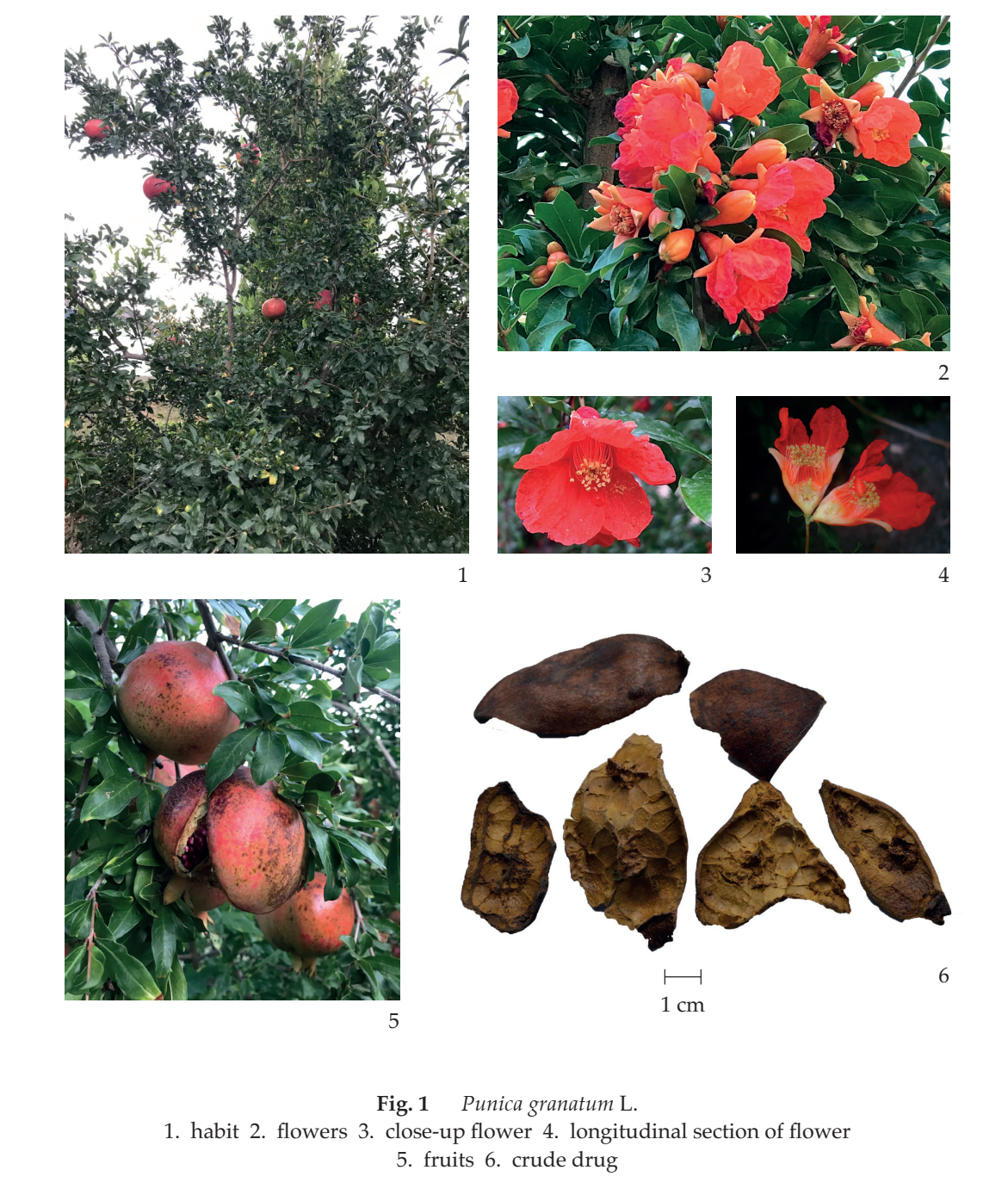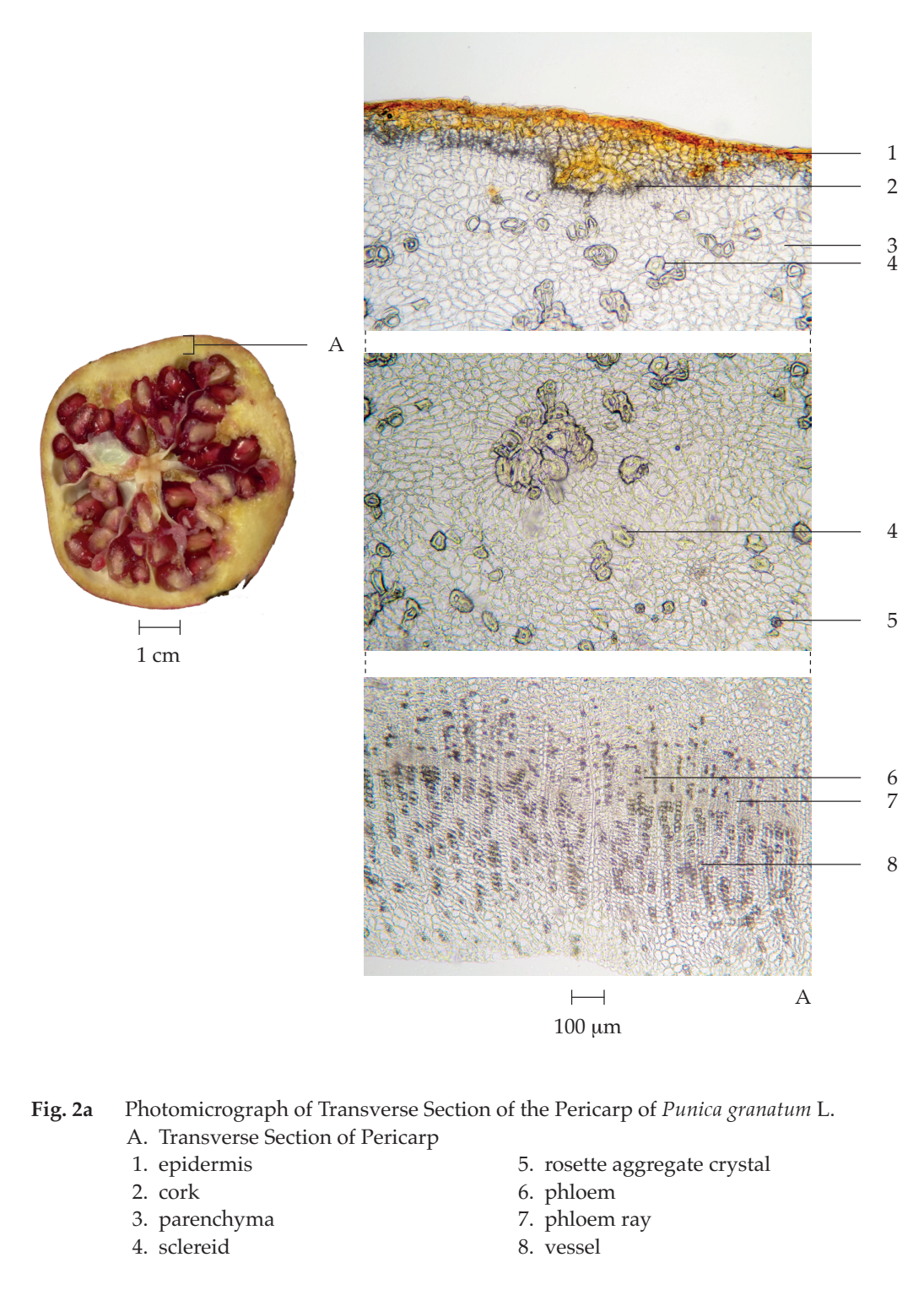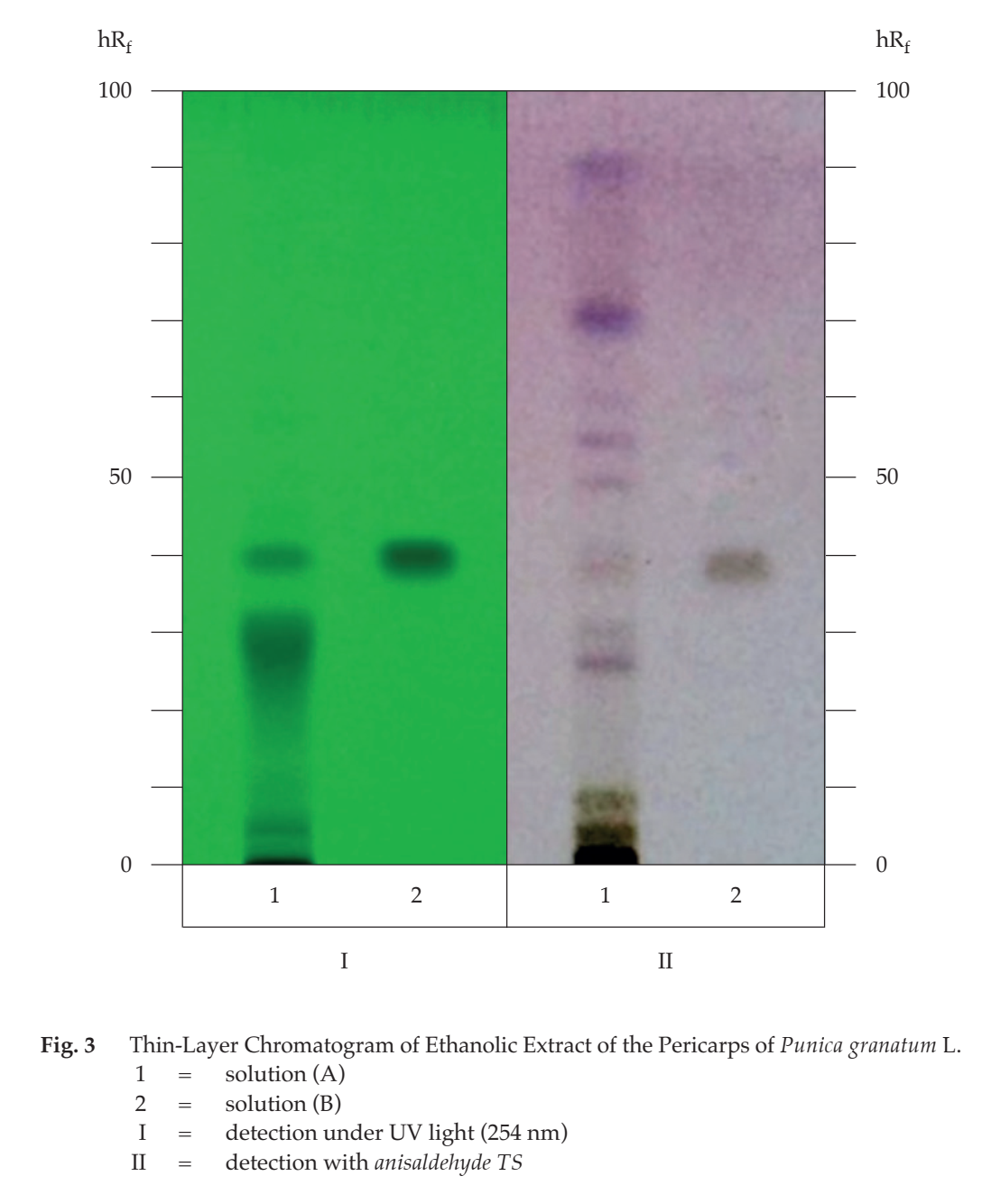ตำรามาตรฐานยาสมุนไพรไทย
Thai Herbal Pharmacopoeia
สำนักยาและวัตถุเสพติด กรมวิทยาศาสตร์การแพทย์ กระทรวงสาธารณสุข
Bureau of Drug and Narcotic, Department of Medical Sciences, Ministry of Public Health(Tinospora crispa (L.) Hook.f. & Thomson)
(Nelumbo nucifera Gaertn.)
(Centella asiatica (L.) Urb.)
(Centella Dry Extract)
(Centella Cream)
(Mesua ferrea L.)
(Piper sarmentosum Roxb.)
(Piper sarmentosum Roxb.)
(Pterocarpus santalinus L. f.)
(Santalum album L.)
(Senna tora (L.) Roxb.)
(Senna alata (L.) Roxb.)
(Senna Alata Tea)
(Piper retrofractum Vahl)
(Myristica fragrans Houtt)
(Andrographis paniculata (Burm. f.) Nees)
(Andrographis Capsules)
(Allium ascalonicum L.)
(Ocimum tenuiflorum L.)
(Curcuma longa L.)
(Turmeric Capsules)
(Turmeric Dry Extract)
(Turmeric Dry Extract Capsules)
(Arcangelisia flava (L.) Merr.)
(Curcuma sp.)
Harrisonia perforata (Blanco) Merr.
(Aristolochia pierrei Lecomte)
(Zingiber officinale Roscoe)
(Ginger Capsules)
(Ginger Tea)
(Cassia fistula L.)
(Nardostachys jatamansi (D. Don) DC.)
(Angelica sinensis (Oliv.) Diels)
Artemisia annua L.
(Ligusticum sinense Oliv. cv. Chuanxiong)
(Neopicrorhiza scrophulariiflora Pennell)
(Atractylodes lancea (Thunb.) DC.)
(Aucklandia lappa Decne)
(Terminalia chebula Retz.)
(Angelica dahurica (Hoffm.) Benth. & Hook. f. ex Franch. & Sav. var. dahurica)
(Kaempferia parviflora Wall. ex Baker)
(Hibiscus sabdariffa L.)
(Roselle Tea)
(Allium sativum L.)
(Zingiber zerumbet (L.) Sm.)
(Wurfbainia testacea (Ridl.) Škorničk.& A. D. Poulsen)
(Cannabis sativa L.)
(Myristica fragrans Houtt)
(Dracaena cochinchinensis (Lour.) S. C. Chen)
(Ficus racemosa L.)
(Hyptis suaveolens (L.) Poit.)
Clerodendrum indicum (L.) Kuntze
(Phyllanthus emblica L.)
(Citrus hystrix DC.)
(Citrus hystrix DC.)
(Areca catechu L.)
(Momordica charantia L.)
Moringa oleifera Lam.
(Aegle marmelos (L.) Corrêa)
(Solanum trilobatum L.)
(Morus alba L.)
Gynostemma pentaphyllum(Thunb.)
Makino
(Clinacanthus nutans (Burm. f.) Lindau)
(Cissus quadrangularis L.)
(Mimusops elengi L.)
(Zingiber montanum (J. König) Link. ex A. Dietr.)
(Piper betle L.)
(Capsicum annuum L.)
(Capsicum Oleoresin)
(Capsicum Gel)
(Piper nigrum L.)
(Piper nigrum L.)
(Eurycoma longifolia Jack)
(Thunbergia laurifolia Lindl.)
(Piper wallichii (Miq.) Hand.-Mazz.)
Senna garrettiana (Craib) H. S. Irwin & Barneby
(Terminalia bellirica (Gaertn.) Roxb.)
(Terminalia chebula Retz.)
(Caesalpinia bonduc (L.) H. Roxb.)
(Tarlmounia elliptica (DC.) H. Rob., S. C. Keeley, Skvaria & R. Chan)
(Hog Creeper Vine Dry Extract Capsiles)
(Hog Creeper Vine Dry Extract)
(Brachypterum scandens (Roxb.) Miq.)
(Lepidium sativum L.)
(Nigella sativa L.)
(Cuminum cyminum L.)
(Foeniculum vulgare Mill.)
(Plantago ovata Forssk.)
(Pimpinella anisum L.)
(Carum carvi L.)
(Anethum graveolens L.)
(Trachyspermum ammi (L.) Sprague)
Albizia procera (Roxb.) Benth.
(Acorus calamus L.)
(Tiliacora triandra (Colebr.) Diels)
Cyanthillium cinereum (L.) H. Rob.
(Orthosiphon aristatus (Blume) Miq.)
Murdannia loriformis (Hassk.) R. S. Rao & Kammathy
(Capparis micracantha DC.)
(Chrysopogon zizanioides (L.) Roberty)
(Cyperus rotundus L.)
(Cannabis sativa L.)
(Syzygium aromaticum (L.) Merr. & L. M. Perry)
(Boesenbergia rotunda (L.) Mansf.)
(Acanthus ebracteatus Vahl)
(Acanthus ilicifolius L.)
(Kaempferia galanga L.)
(Curcuma comosa Roxb.)
Betula alnoides Buch.-Ham. ex D. Don
Cannabis sativa L.
Carthamus tinctorius L
Mitragyna speciosa (Korth.) Havil
Mallotus repandus (Rottler) Müll. Arg
Azadirachta indica A. Juss. var. siamensis Valeton
Azadirachta indica A. Juss. var. siamensis Valeton
Punica granatum L.
Rhinacanthus nasutus (L.) Kurz
Baliospermum solanifolium (Burm.) Suresh
Curcuma aeruginosa Roxb
Boesenbergia kingii Mood & L. M. Prince
Senegalia rugata (Lam.) Britton & Rose
Acacia concinna (Willd.) DC.
Senegalia rugata (Lam.) Britton & Rose
Acacia concinna (Willd.) DC.
Senna alexandriana Mill. var. alexandriana
Cassia acutifolia Delile, Cassia angustifolia Vahl
Butea superba Roxb. ex Willd.
[Plaso superba (Roxb. ex Willd.) Kuntze, Rudolphia superba (Roxb. ex Willd.) Poir.
Pueraria candollei Graham
ex Benth. var. mirifica (Airy Shaw & Suvat.) Niyomdham
Streblus asper Lour.
Suregada multiflora (A. Juss.) Baill. (Gelonium
multiflorum A. Juss.
Plumbago zeylanica L.
Plumbago indica L.
Biancaea sappan (L.) Tod.
Ziziphus attopensis Pierre
Streblus asper Lour.
Justicia gendarussa Burm. f.
Enhalus acoroides (L. f.) Royle
Bridelia ovata Decne.
Tamarindus indica L.
Citrus × aurantiifolia (Christm.) Swingle
Garcinia mangostana L.
Blumea balsamifera (L.) DC
Persicaria odorata (Lour.) Soják
Zingiber montanum (J. König) Link ex A. Dietr.
Mammea siamensis (Miq.) T. Anderson
Citrus maxima (Burm.) Merr.
Citrus × aurantium L. ‘Som Sa’
Punica granatum L.
Rhinacanthus nasutus (L.) Kurz
Pomegranate Peel is the dried pericarp of Punica granatum L. (P. nana L.) (Family Lythraceae), Herbarium Specimen Number: DMSC 5334, Crude Drug Number: DMSc 1232.
Constituents Pomegranate Peel contains hydrolysable tannins (e.g., punicalin and punicalagin) and phenolic acids (e.g., ellagic acid and gallic acid). It also contains alkaloids, flavonoids, etc.
Description of the plant (Fig. 1) Deciduous tree or shrub, 1.5 to 7(‒10) m tall, muchbranched, especially near base; bark dark grey, glabrous; branches opposite, slender, 4-angled when young, becoming terete with age; branchlet usually ending in spine or sometimes leaf-bearing. Leaves simple, opposite or subopposite, lanceolate, elliptic-oblanceolate or oblong, 1 to 9 cm long, 0.5 to 2.5 cm wide, apex acute, obtuse or emarginate, base cuneate or attenuate, margin entire, upper surface glabrous, shiny, lower surface with prominent midrib; petiole 0.2 to 1 cm long. Flowers solitary or in terminal and axillary cluster of 1 to 6, sessile or subsessile; calyx tube orange-red or pale yellow, campanulate to urceolate, 2 to 3 cm long, 1 to 1.5 cm wide, lobes 5 to 9, triangular; petals 5 to 9, obovate, apex obtuse, thin and crinkled, red, white or variegated; stamens numerous, included or exserted, filament different in length, anther yellow; ovary inferior, glabrous, 8- to 13-loculed, each locule with numerous ovules. Fruit a berry, globose with persistent calyx at apex, 5 to 13 cm in diameter, varied in colour, from yellow green, red, to black-violet. Seeds numerous, obpyramidal, juicy, red, pink or yellowish sarcotesta.
Description Odour, mild; taste, astringent.
Macroscopical (Fig. 1) Irregular pieces of pericarp, varied in shape and size, 1 to 3 mm thick, brittle; externally reddish brown, brownish yellow to dark brown, somewhat lustrous, rough, with numerous warty protuberances, occasionally with raised tubular persistent calyx and a short, stout peduncle or its scar; internally yellow to reddish brown with raised reticulate remnants of the peduncle, brittle, fracture yellow and somewhat granular.
Microscopical (Figs. 2a, 2b) Transverse section of the pericarp shows epidermis, lenticel, cork, parenchyma, sclereid, and vascular tissue. Epidermis: a layer of yellow or yellowish brown thick-walled epidermal cells covered with thick cuticle layer and several layers of hypodermal sclereids. Lenticel and cork layer: several layers of thin-walled rectangular cells. Parenchyma: several layers of slightly thick-walled polygonal cells, some containing starch grains, rosette aggregates, and/or prismatic crystals. Sclereid: solitary or in small groups. Vascular tissue: secondary phloem and xylem.
Pomegranate Peel in powder possesses the diagnostic microscopical characters of the unground drug. Yellow or yellowish brown epidermal cells, various sizes and shapes of thick-walled sclereids, and rosette aggregate and prismatic crystals are present. Starch grains are found in abundance.



Packaging and storage Pomegranate Peel shall be kept in well-closed containers, protected from light, and stored in a cool and dry place.
Identification
A. Sonicate 5 g of the sample, in powder, with 100 mL of ethanol for 30 minutes and filter. Evaporate the filtrate to dryness, dissolve the residue in 10 mL of ethanol upon warming and filter. To 1 mL of the filtrate, add a few drops of a 1 per cent w/v solution of iron(III) chloride and shake well: a blue-green colour develops.
B. Carry out the test as described in the “Thin-Layer Chromatography” (Appendix 3.1), using silica gel F254 as the coating substance and a mixture of 50 volumes of toluene, 40 volumes of ethyl acetate, and 10 volumes of formic acid as the mobile phase and allowing the solvent front to ascend 8 cm above the line of application. Apply separately to the plate as bands of 6 mm, 2 µL each of solutions (A) and (B). Prepare solution (A) by sonicating 500 mg of the sample, in No. 250 powder, with 10 mL of ethanol and filter. For solution (B) dissolve 1 mg of gallic acid in 1 mL of methanol. After removal of the plate, allow it to dry in air. Examine the plate under ultraviolet light (254 nm), marking the quenching bands. The chromatogram obtained from solution (A) shows a quenching band (hRf value 39 to 41), corresponding to the gallic acid band obtained from solution (B). Subsequently spray the plate with anisaldehyde TS and heat at 105° for 10 minutes; the band corresponding to gallic acid is violet. Two brown and four violet bands are also observed (Fig. 3).
Loss on drying Not more than 11.0 per cent w/w after drying 5 g at 105° for 5 hours (Appendix 4.15).
Foreign matter Not more than 2.0 per cent w/w (Appendix 7.2).
Acid-insoluble ash Not more than 0.5 per cent w/w (Appendix 7.6).
Total ash Not more than 5.0 per cent w/w (Appendix 7.7).
Ethanol-soluble extractive Not less than 17.0 per cent w/w (Appendix 7.12).
Water-soluble extractive Not less than 36.0 per cent w/w (Appendix 7.12).
